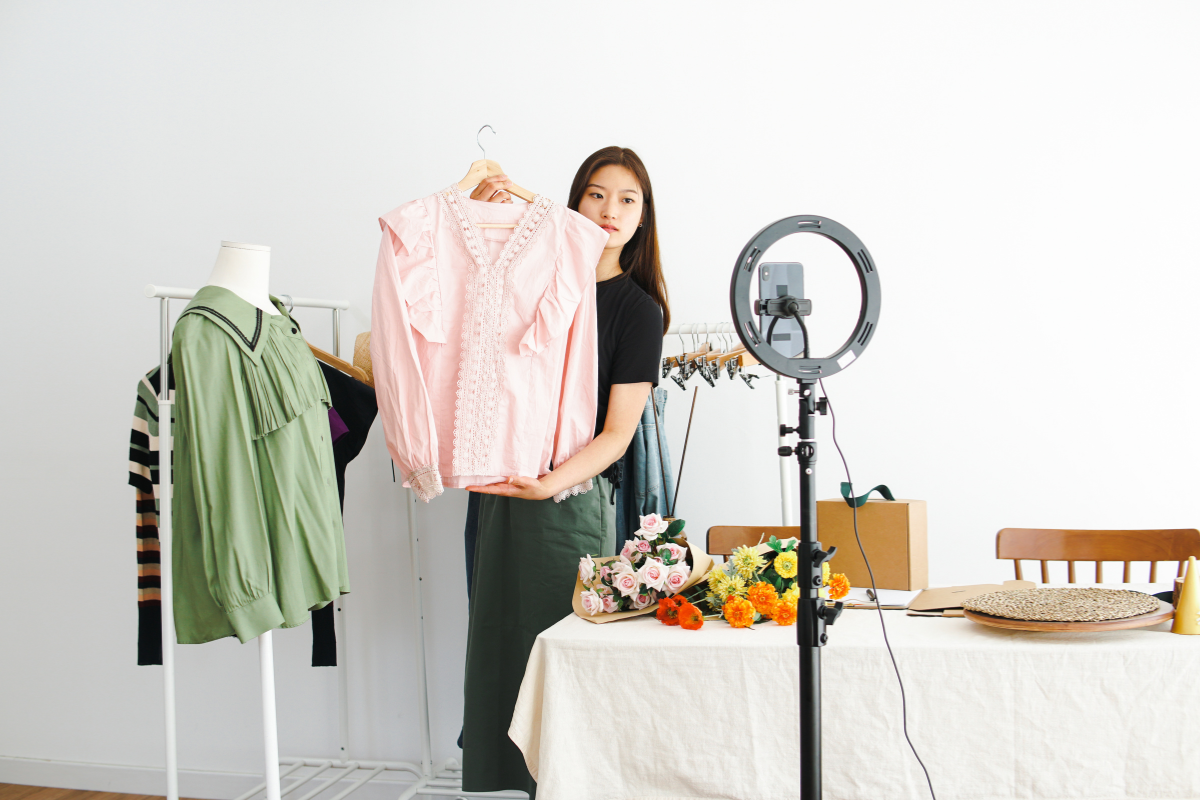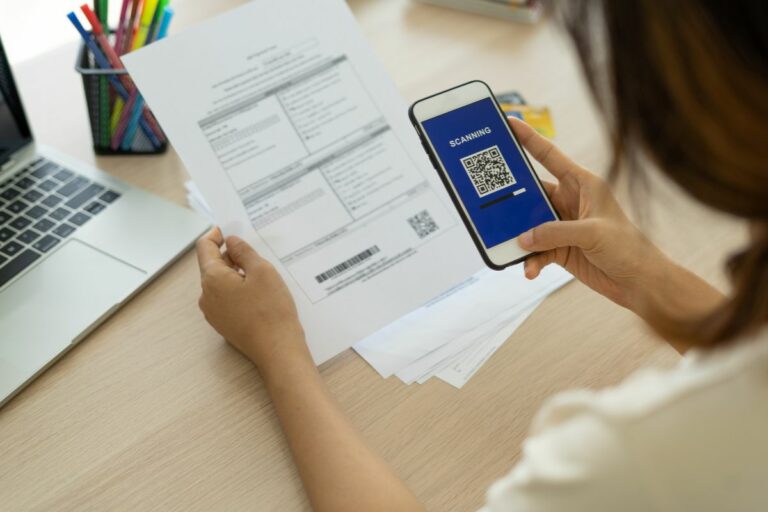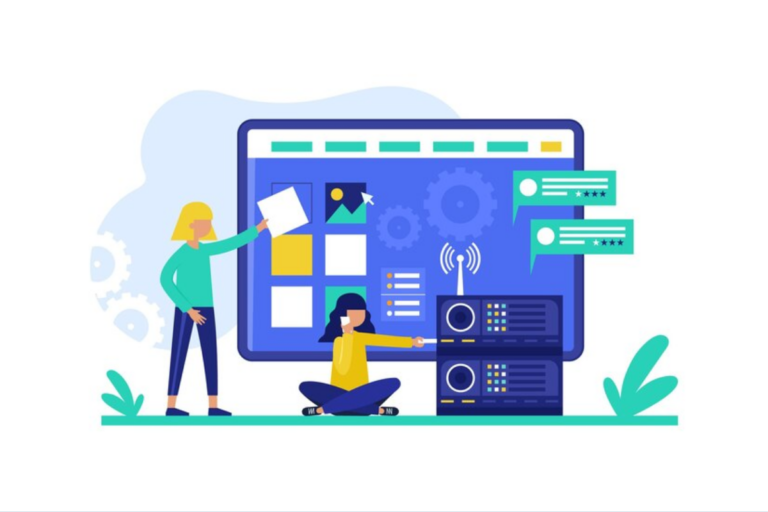Fashion live selling has grown from a niche concept to a mainstream retail phenomenon.
This evolution is fueled by advancements in technology and changes in consumer shopping behaviors.
Live selling adds a human touch to online shopping, replicating the in-store experience virtually.
It enables fashion brands to demonstrate their products in real-time, answer questions, and interact with customers, making shopping more interactive and personalized.
The popularity of live selling is also driven by its convenience, allowing consumers to shop from the comfort of their homes while experiencing a sense of community and immediacy.
When it comes to live selling in fashion, several platforms stand out, including Instagram Live and Facebook Live.
These platforms offer unique features and reach diverse audiences, making them popular choices for fashion brands.
Instagram Live, known for its visual appeal and engagement with a younger demographic, is ideal for fashion-focused content.
Facebook Live, on the other hand, offers access to a broader and more varied audience.
Besides these giants, emerging platforms tailored specifically for fashion live selling are also gaining traction, offering specialized features and audiences.
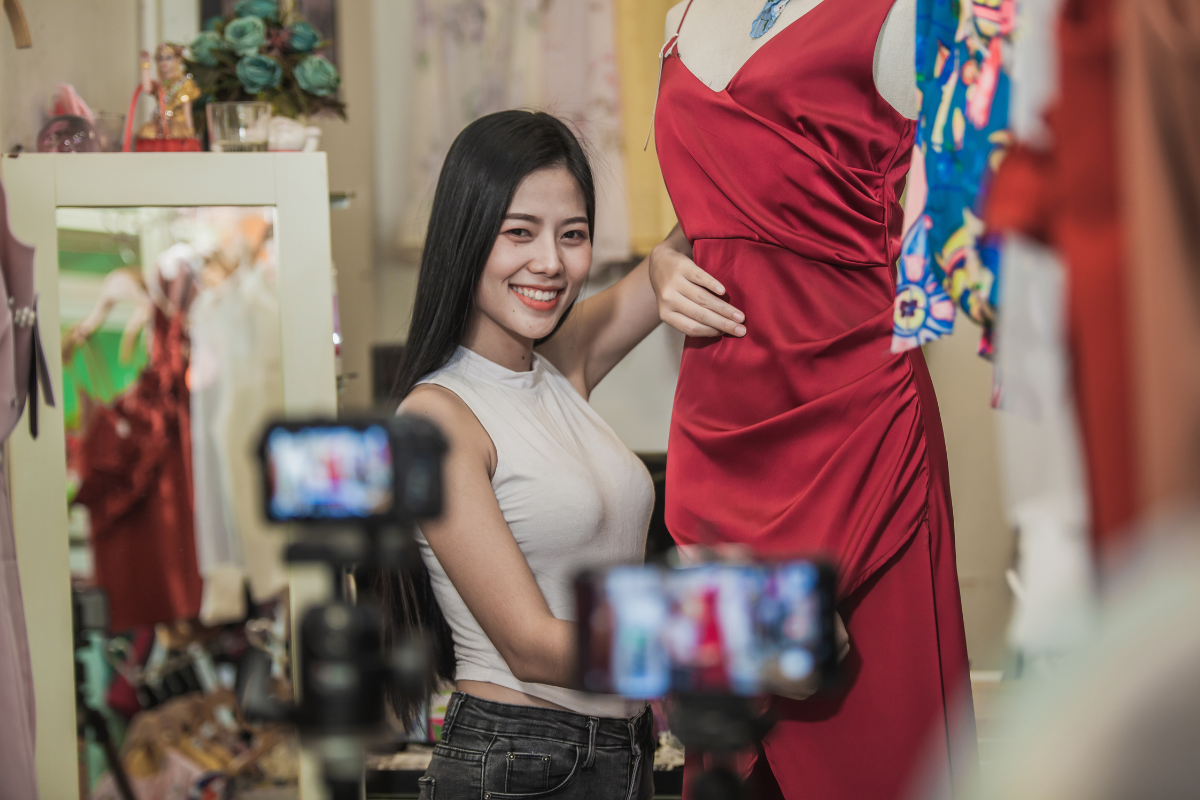
Selecting The Right Platform For Fashion Live Selling
Choosing the right platform for live selling is crucial for fashion brands aiming to maximize their reach and engagement.
Each platform has its unique strengths and limitations, and understanding these is key to selecting the most effective one for your brand.
This section will delve into the specifics of popular platforms like Instagram Live and Facebook Live, as well as emerging platforms that are making a mark in the fashion industry.
Instagram Live for fashion sales offers numerous advantages. Its visually driven platform is perfect for showcasing fashion products, and its features like direct messaging and interactive stickers enhance viewer engagement.
However, it also has limitations, such as a primarily younger audience and the temporary nature of live videos, which disappear after 24 hours unless saved to IGTV.
Fashion brands must weigh these factors to determine if Instagram Live aligns with their marketing objectives and target audience.
Facebook Live fashion strategies enable brands to reach a diverse and broad audience.
With its extensive user base, Facebook Live offers a wider reach, which can be advantageous for brands looking to expand their customer base.
The platform also provides robust analytics and the ability to create longer, more in-depth content.
However, the challenge lies in cutting through the noise and capturing the attention of viewers in a highly competitive space.
When selecting a live selling platform, it’s important to compare the features of each and determine what aligns best with your brand’s needs.
Factors to consider include the platform’s audience demographics, engagement tools, e-commerce integration capabilities, and the overall user experience.
A platform that matches the brand’s aesthetic, audience, and sales goals will likely be the most effective choice for successful live selling.
Maximizing Visibility And Sales
In the dynamic world of fashion live selling, maximizing visibility and sales is crucial.
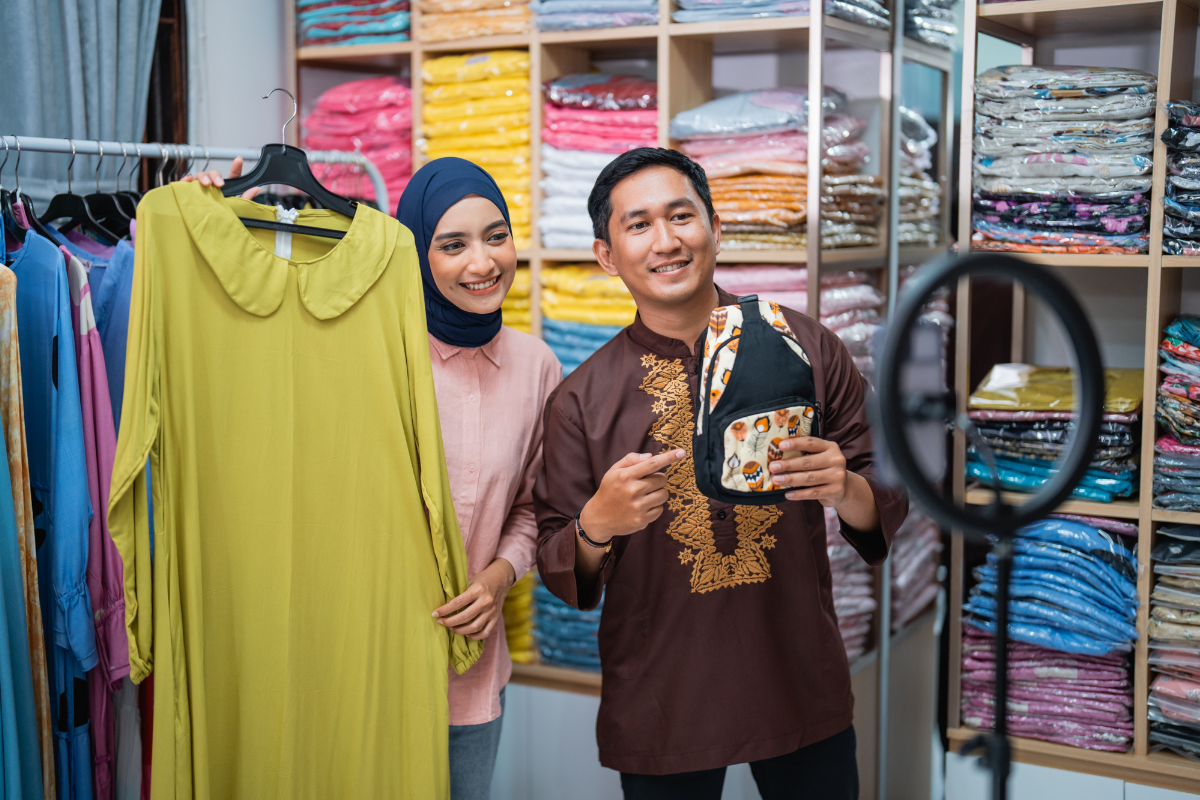
This involves understanding the nuances of the platform’s algorithm, identifying the best times for live selling, and employing effective techniques to keep the audience engaged.
The algorithms of social media platforms play a significant role in determining the visibility of live selling sessions.
To maximize reach, it’s essential to understand these algorithmic preferences.
This includes factors like the frequency of posts, engagement rates, and the use of specific features like tags and stories.
Fashion brands can leverage this knowledge to tailor their content and live sessions in a way that aligns with these algorithmic tendencies, ensuring greater visibility and engagement.
Identifying the best times for live selling is key to capturing the maximum audience.
This involves understanding the audience’s online behavior patterns and scheduling live sessions accordingly.
Peak times may vary based on factors like the platform used, target demographic, and even geographical location.
By analyzing engagement data and experimenting with different timings, fashion brands can determine the most effective schedule for their live selling sessions.
Maintaining viewer interest during live selling is essential for keeping the audience engaged and driving sales.
This can be achieved through various viewer engagement techniques like interactive Q&A sessions, live demonstrations, and exclusive offers.
Creating a narrative around the products and offering personal anecdotes can also add a relatable touch.
These techniques not only keep the audience interested but also encourage them to actively participate and engage with the content.
To optimize live selling sessions, employing research-backed tips can be highly beneficial.
This includes strategies like starting with a strong hook to capture attention, using high-quality visuals, and providing clear and concise product descriptions.
Incorporating storytelling elements and showcasing product benefits in a relatable way can also enhance viewer interest.
Technical Aspects Of Live Selling
While the content and strategy are crucial, the technical aspects of live selling cannot be overlooked.
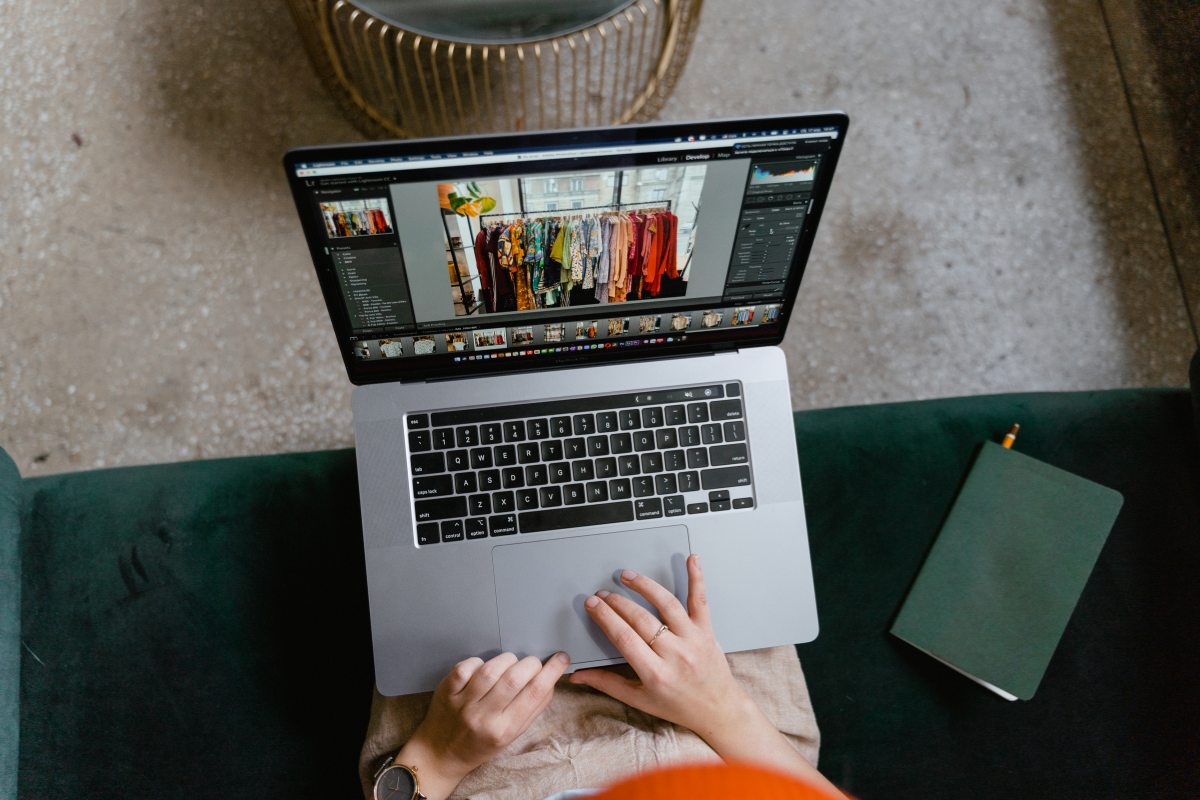
A professional-looking stream, even on a budget, can greatly enhance the viewer’s experience.
Setting up a professional live stream setup on a budget doesn’t have to be expensive.
The key is to focus on good lighting, clear audio, and a stable internet connection.
Simple enhancements like a quality smartphone camera, a ring light, and a decent microphone can significantly improve the quality of the live stream.
It’s also important to choose a visually appealing and clutter-free background that aligns with the brand’s aesthetic.
For brands on a budget, there are numerous cost-effective tools and equipment options available.
Affordable ring lights, tripods, and external microphones can drastically improve the production quality of live selling sessions.
Utilizing built-in features of smartphones and free or low-cost streaming software can also keep costs down while still delivering a high-quality streaming experience.
Live selling may present various technical challenges, such as connectivity issues or streaming glitches.
Being prepared with a backup plan, such as having a secondary device ready or a pre-recorded segment, can help mitigate these challenges.
Testing the equipment and connection prior to the live session is crucial to ensure a smooth experience.
Ultimately, the goal is to provide a high-quality streaming experience that keeps the audience engaged.
This involves not just the technical setup, but also aspects like camera angles, sound clarity, and stream pacing.
Regular testing and feedback from viewers can help identify areas for improvement, ensuring that each live selling session is better than the last.
Promotion and Engagement Strategies
Promoting a live selling session before it happens is key to ensuring a high turnout.
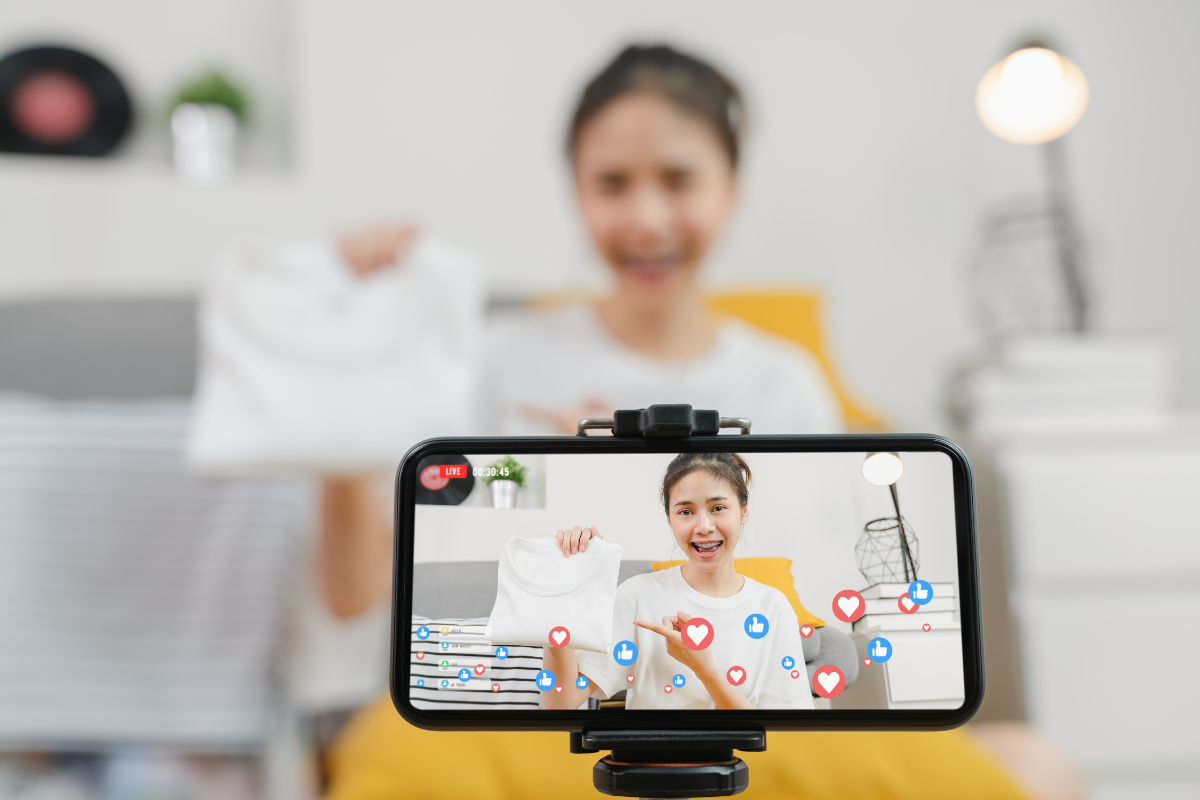
This can be achieved through various channels like social media posts, email newsletters, and even collaborations with influencers.
Creating a sense of anticipation and excitement is crucial. Teasers about the products to be featured, special offers during the live session, and countdowns can effectively pique interest and encourage viewers to tune in.
Engagement should not stop once the live selling session ends. Post-live engagement techniques are important to maintain interest and encourage future sales.
This can include sharing highlights from the live session, posting customer testimonials, and offering limited-time replays of the live event.
Engaging with viewers through comments or direct messages after the session can also enhance the relationship between the brand and its audience.
Social media platforms are powerful tools for promoting live selling events. Utilizing different platforms to reach various segments of the audience is important.
Each platform offers unique ways to engage with potential viewers – from Instagram stories and reels to Facebook groups and events.
Tailoring the content to each platform’s strengths can help in reaching a wider and more diverse audience.
Building a loyal viewer base is crucial for the long-term success of live selling.
This involves consistently delivering quality content, interacting with viewers, and creating a community around the brand.
Offering exclusive deals to repeat viewers or creating a loyalty program can also be effective.
The key is to make viewers feel valued and part of a special community, encouraging them to return for future live selling sessions.
Best Practices In Live Selling Operations
Effectively showcasing products is at the heart of live selling.
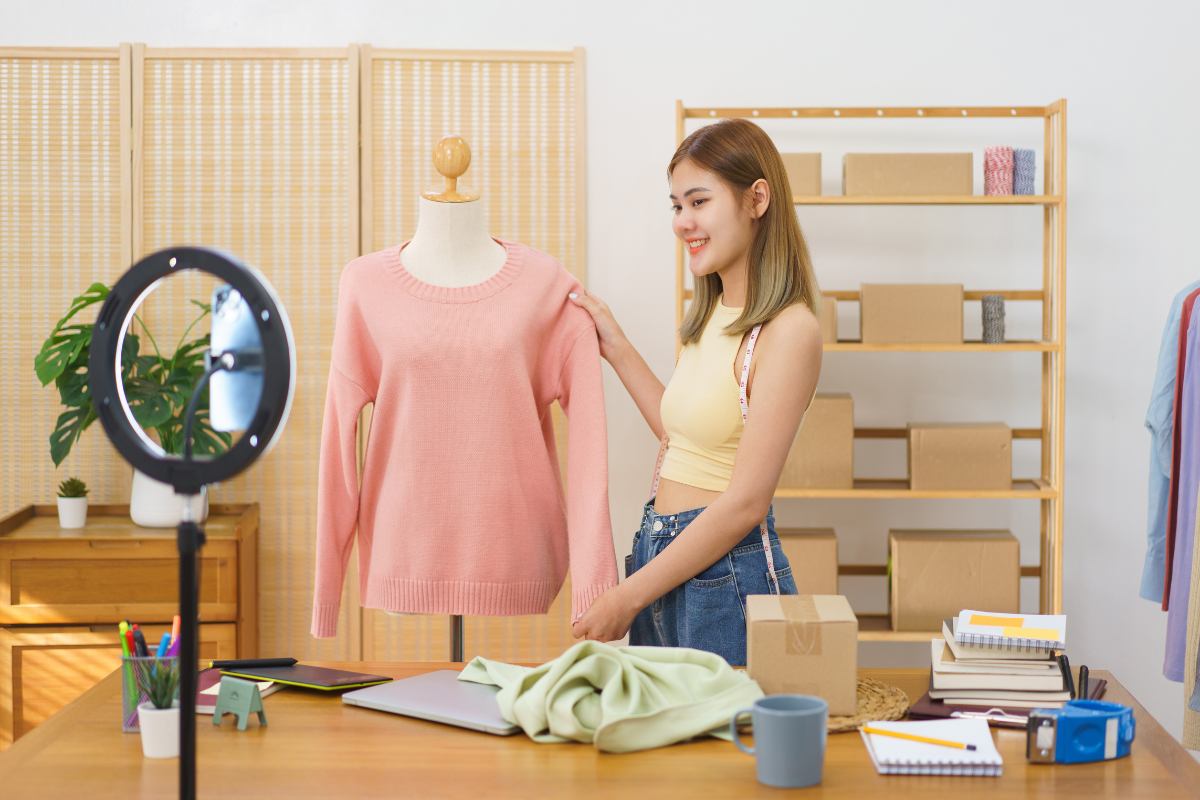
This involves clear and engaging product demonstrations, highlighting key features and benefits, and answering viewer questions in real time.
Using multiple camera angles and close-ups can help in giving viewers a better look at the products. Storytelling around the product – such as its inspiration, design process, or styling tips – can also add value and interest.
Managing inventory during live selling is a critical operational aspect.
It involves ensuring that featured products are in stock and updating inventory in real-time as sales occur.
This prevents overselling and ensures customer satisfaction. Using a reliable inventory management system that integrates with the live selling platform can streamline this process, making it efficient and error-free.
Ensuring a smooth checkout process during live sales is essential for converting viewer interest into actual sales.
This involves having a simple and user-friendly checkout process, with clear instructions and multiple payment options.
Reducing the number of steps to complete a purchase and providing immediate confirmation of the order enhances the customer experience and can increase the likelihood of repeat purchases.
Post-purchase follow-up is an important aspect of customer relationship management in live selling.
This can include sending thank you messages, asking for feedback, or providing after-sale support.
Following up with customers not only enhances their shopping experience but also builds loyalty and trust.
Offering exclusive discounts on future purchases or early access to upcoming live selling events can also encourage repeat business.
